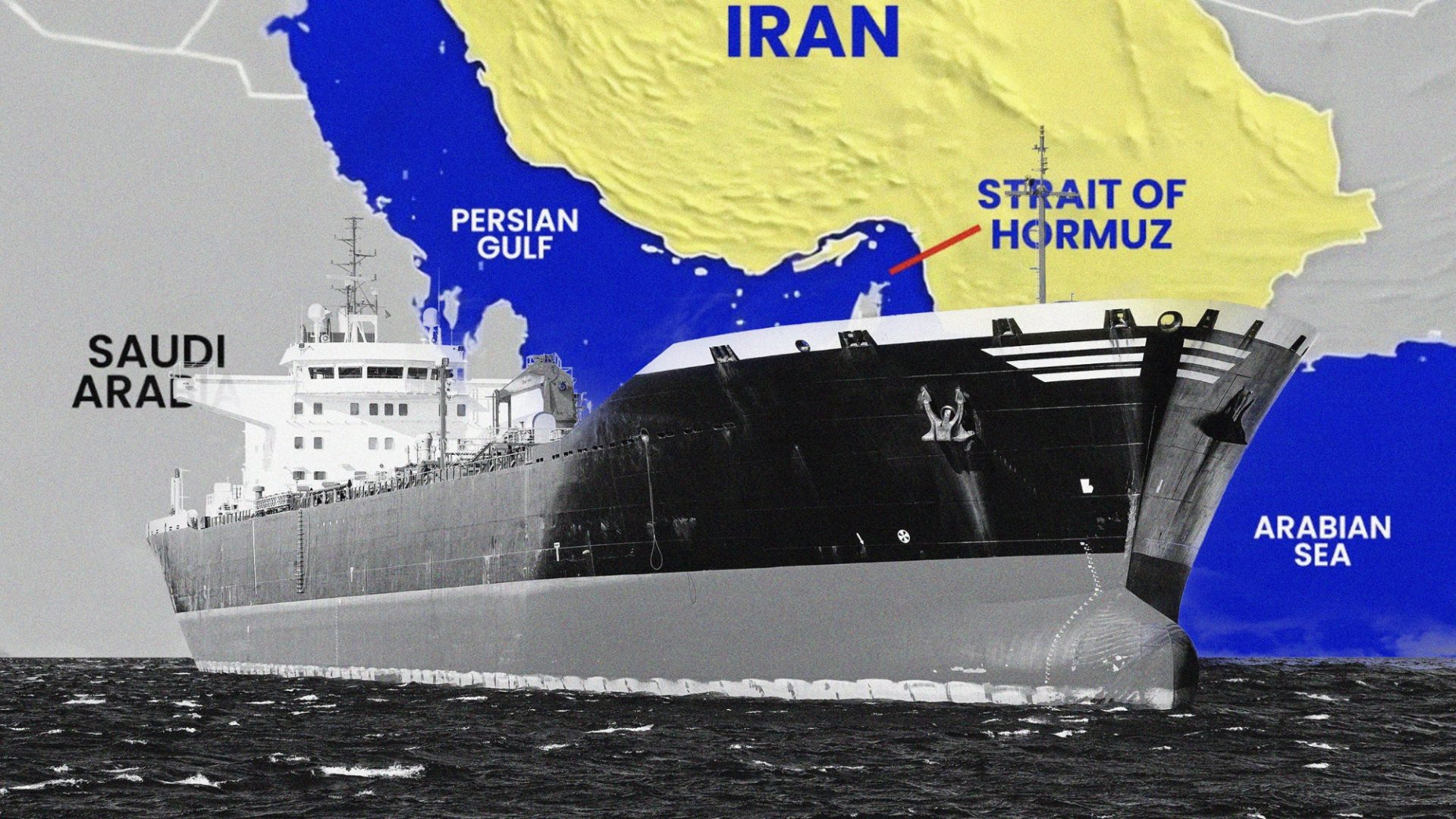1. The Strait of Hormuz is the narrow stretch of water, bounded by Iran on one side and Oman and the UAE on the other, which connects the Persian Gulf to the open ocean.
2. Why it’s named “Hormuz” is a bit of a mystery. One popular theory is that it’s from a Middle Persian pronunciation of the name of the Zoroastrian god, Ahura Mazda. Then again, it has also been suggested that the name derives from Hur-Muz (“Place of Dates”), from the Greek word for “Cove or bay”, or the medieval Kingdom of Ormus.
3. That mystery, though, seems incidental to the fact that more than a fifth of the global oil supply – up to 20 million barrels – as well as much of its liquid natural gas flows through the Strait every day. Only the Strait of Malacca – which divides Malaysia from Sumatra, and connects the Indian and Pacific oceans – is a bigger potential chokepoint.
4. This is potentially a problem, because – following the US/Israeli bombing of three Iranian nuclear sites – earlier this summer the Iranian parliament approved a motion to blockade it. The final decision of whether to act on this threat lies with the country’s Supreme National Security Council.
5. Iran potentially has this power to prevent the passage of roughly 3,000 ships every month because, although the Strait is never less than 33km wide – only 1km narrower than the Strait of Dover – its shipping lanes are considerably narrower. To reduce the risk of banging into each other or running aground, ships follow a “traffic separation scheme”, using one 3km wide lane to head into the Gulf and another to head out of it. (They’re separated by another 3km designated as the “median”.) Even if international law did not mean that much of the Strait is in Iranian territorial waters, the shipping lanes would be narrow enough to blockade with mines.
Suggested Reading


Nerd’s Eye View: 13 things you need to know about beavers
6. Doing so would hurt Iran, which exports 1.5 million barrels of oil each day through the Strait itself – but it would hurt the Saudi, Iraq and the UAE oil industries significantly more. That in turn would raise the cost of both oil itself, and also products or processes which rely on oil. Which is rather a lot of them.
7. That would likely hit Asia hardest – the biggest destinations for the oil include China, India and Japan – but the second-order impacts on higher prices would likely hit us all.
8. On the upside for Donald Trump, the US gets only a negligible proportion of its oil through the Strait. So that’s nice.
9. In more good news/bad news: several countries in the region have built pipelines so they can export oil even if the Strait is closed. But! Experts say that, even combined, they could handle only about 3.5 million barrels a day – about 15% of the necessary capacity. Also, one of them is owned by Iran.
10. Some actual good news: this is probably just sabre rattling. The bombing happened on June 22, yet the Strait remains open. It always has, in fact: the worst that has ever happened was the “Tanker War” during the Iran-Iraq War of the 1980s, when both countries attacked neutral shipping, requiring American escorts. Nonetheless, the Strait stayed open.
11. Actually, analysts question whether Iran could close the Strait for an extended period even if it wanted to. And it probably doesn’t want to: doing so would infuriate China, which buys 90% of Iran’s oil imports, as well as inspire a much bigger US military response.
12. But that might mean it decides the best strategy is to keep threatening just often enough that it spooks markets and keeps oil prices up. The fact we don’t know why it’s called the Strait of Hormuz is really the least of our problems.
33km
Width of the Strait at its narrowest point
3km
Actual width of the sea lanes each way
20%
Rough share of the world’s oil that passes through the Strait
20 million
Max number of barrels using it every day




